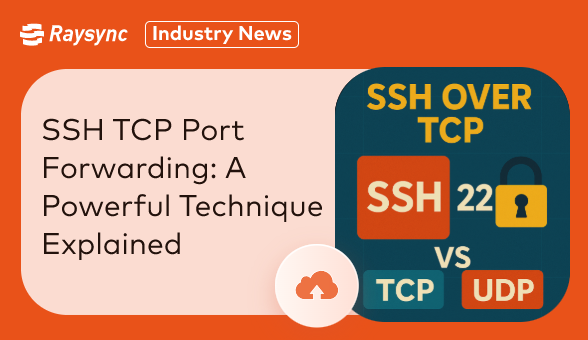Filter News
Industry news

Industry news
July 3, 2025Explore the DPX file format—its structure, technical specs, and best practices for handling large sequences efficiently in post-production workflows.

Industry news
July 2, 2025Discover the stages, tools, and tips to optimize your VFX pipeline for smooth, high-quality visual effects production from start to finish.

Industry news
June 28, 2025Discover how TCP works on Linux with this friendly guide. Learn about TCP Linux implementation, congestion control, tuning tips, and best file transfer tools.

Industry news
June 27, 2025Explore how SSH uses TCP for secure connections, the role of port 22, and the differences between TCP and UDP in SSH TCP UDP communications.

Industry news
June 18, 2025Understanding Reliable TCP Transmission and How It Powers the Internet.

Industry news
May 9, 2025Understand TCP Slow Start and how it improves network efficiency. Learn how and why it’s essential, and discover Raysync for faster transfers.

Industry news
May 9, 2025Discover the power of TCP over UDP for fast, reliable file transfers. Learn how it works and why Raysync is a game-changer.
![Comprehensive Guide to Fix High TCP Latency [Latest Update]](http://images.ctfassets.net/iz0mtfla8bmk/1vz6FnHP3R1YuWOcH3mI6g/dc12d27c3e957944791cfa1a3767370d/tcp-latency.png)
Industry news
May 9, 2025Discover practical strategies to reduce TCP latency and enhance network performance. Learn about causes, measurement techniques, and solutions.

Industry news
May 9, 2025Learn how TCP file transfer ensures reliable network transfer, with practical examples and an easy breakdown of how data travels securely using TCP.

